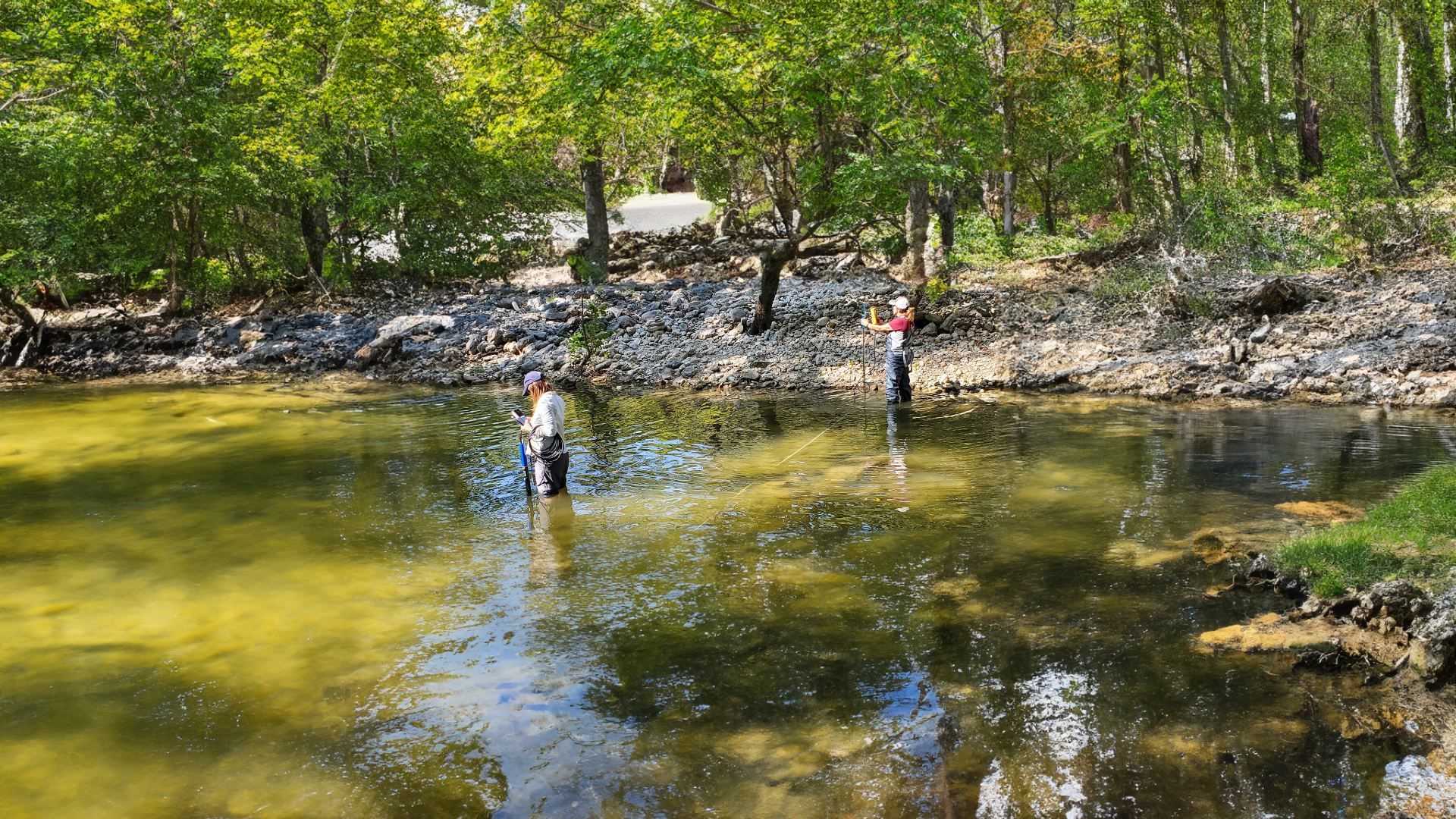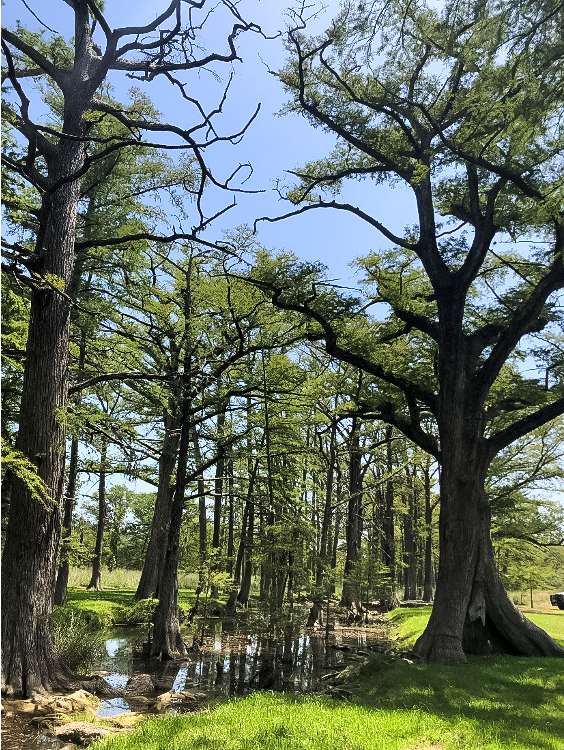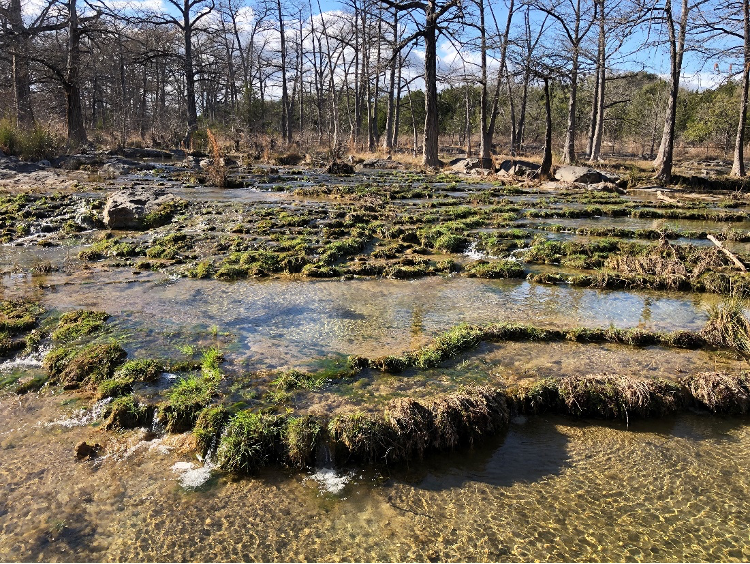Researchers seek community involvement in groundwater, surface water interaction study of Blanco County’s Cypress Creek
Jayme Blaschke | March 26, 2024

The Meadows Center for Water and the Environment at Texas State University, alongside the Blanco-Pedernales Groundwater Conservation District and the Colorado River Land Trust, is launching phase two of a study to understand how Cypress Creek in the Pedernales River watershed interacts with its underlying aquifers.
To mark the beginning of phase two, a stakeholder kick-off meeting is scheduled for Saturday, June 1, in the community of Cypress Mill. The Meadows Center encourages landowners within the Cypress Creek watershed, including both riverfront landowners and well owners with property not immediately adjacent to the creek, to attend to learn more about the project and the opportunity to participate. For more information and to RSVP, visit https://bit.ly/3VzJhXW.

Cypress Creek originates in Blanco County and flows eastward toward its confluence with the Pedernales River in western Travis County before flowing into Lake Travis. Cypress Creek and other tributaries of the Pedernales are critical to the health of the river, providing an estimated 60% of its flow.
“Water demand in the Cypress Creek watershed is projected to rise by approximately 30 percent in the next 50 years,” said Jenna Walker, director of Watershed Services at the Meadows Center. “Gaining a greater understanding of the interconnectedness between surface and groundwater in Cypress Creek will allow for informed water planning to ensure sustained flows for future generations and the environment.”
The study’s initial phase, completed in 2021, provided a baseline understanding of the hydrology, geology and ecological health of Cypress Creek. Findings revealed that the creek is a vital water source contributing significantly to the Pedernales River’s flow, with spring-fed sections playing a crucial role in maintaining water quality and flows. While Cypress Creek shows steady spring flows and good water quality during peak conditions, growing pressure from prolonged drought, land fragmentation, expanding tourism and agriculture in the watershed could negatively impact future water quality and supply.

The study’s next phase will build on this initial research, focusing on enhanced water quality monitoring of the creek, springs, and private wells within the subwatershed, and detailed analysis of groundwater contributions, land use and land cover. It will also further investigate the creek’s gaining and losing sections with streamflow measurements to offer a more comprehensive understanding of the watershed’s dynamics.
Over the next year, researchers will collect surface water, groundwater and stormwater samples to create a detailed picture of the interactions within the watershed. They also aim to conduct a dye trace study to understand how and where water flows downstream.
“Groundwater plays an incredibly important role in the health of Texas Hill Country environmental systems as it supplies springs, and much of the water in our lakes, streams and rivers that eventually make their way to Texas bays,” Walker said. “Understanding the unseen journey of our groundwater systems is fundamental to ensuring the health and stability of our waterways.”
Since a significant portion of the watershed is privately owned, the local community’s involvement will be crucial to the project's success. Local landowner participation will allow the research team to access and collect data from river segments and private wells within the drainage basin that were not covered in the initial phase.
“Landowner collaboration is the backbone of this watershed study,” Walker said. “They possess invaluable knowledge and access that can provide us with opportunities to expand the information necessary to protect this fragile river system.”
The results from this research will culminate in a comprehensive report, providing valuable data that can serve as a planning tool for the community, non-governmental organizations and state and local officials to guide more targeted water management and conservation strategies.
For more information about this project, visit www.meadowscenter.txst.edu/research/water-conservation/how-much-water-is-in-the-hill-country/cypress-creek-flow.
Share this article
For more information, contact University Communications:Jayme Blaschke, 512-245-2555 Sandy Pantlik, 512-245-2922 |